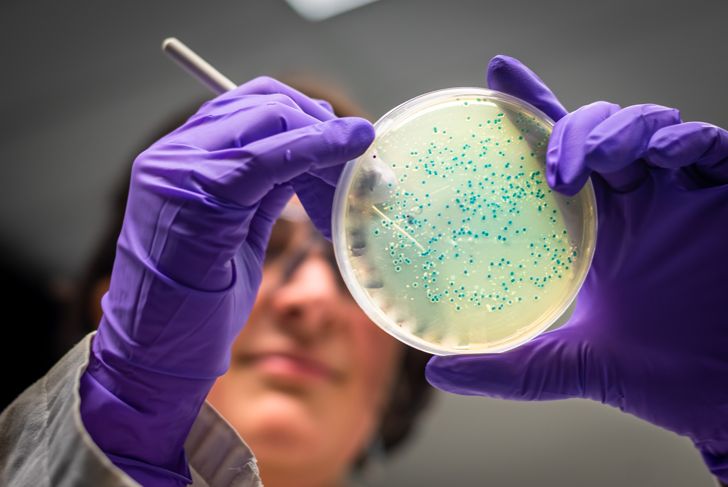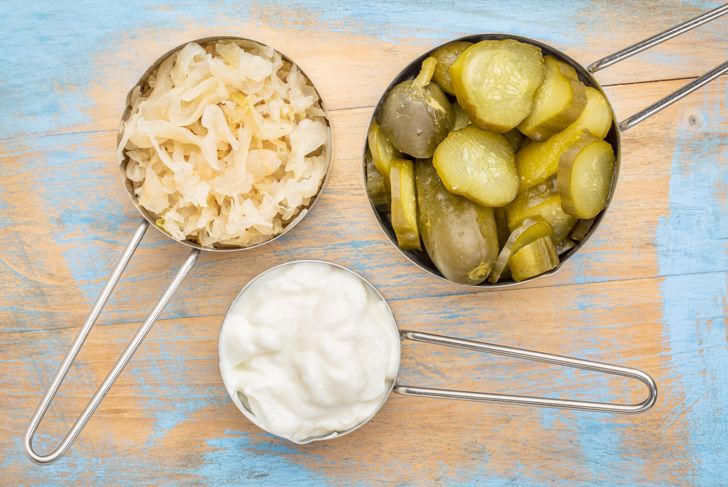The microbiome is made up of microbes. Some of these microbes are helpful and have a symbiotic relationship with the human body, meaning both the microbe and the human benefit from the relationship. Others are potentially harmful.In a healthy body, these beneficial and harmful microbes coexist without any issues, but if the balance between the two shifts, it can lead to problems.
What Makes Up the Microbiome
The microbiome is a group of microorganisms that coexist in a particular environment in the body. These microorganisms include bacteria, viruses, and fungi, and they live in the GI tract, mouth, nose, and other areas.These communities of microorganisms constantly change in response to variations in the body, brought on by factors like diet, exercise, and medication.
The GI Tract
The microbiome is not limited to the gut, but the largest number of microbes in the body are in the GI tract. The development of the microbiome in the GI tract depends on many factors. For example, babies born via vaginal delivery acquire gut microbes similar to those found in the vagina, but those born via a Cesarian section have gut microbes similar to those found on the skin.Studies show that dietary changes, such as introducing rice cereal and table foods, change a baby’s microbiome. By one year, an infant’s GI microbiome begins to resemble that of an adult.
Skin
Part of the microbiome is also on the skin. One study showed that human fingertips transfer microbes to the keys on a keyboard or a computer mouse so that it is possible to identify which fingers touched what keys and who used which mouse.Our skin microbiome benefits us in many ways, including taking up space so that other more harmful microbes cannot colonize us.
Mouth
Another part of the body with an active microbiome is the mouth. The mouth has many places for microbes to colonize, including the tongue, teeth, tonsils, and gums. There are more than 700 types of bacteria that flourish in the human mouth.The balance of these bacteria and other parts of the microbiome can affect the development of periodontal diseases and dental caries and has even been linked to Alzheimer’s disease.
Nose
The nasal microbiome plays a significant role in keeping out competing microorganisms. In addition to taking up space so that other microbes cannot colonize the nasal cavity, the nasal microbiome can produce toxic compounds that directly kill or inhibit the growth of competing microorganisms.Studies show that environmental factors can play a big part in the composition of the nasal microbiome. Recent research also suggests that the nasal microbiome plays a significant role in the onset and severity of asthma.
Microbiome Benefits
The microbiome provides many benefits to the human body. The GI microbiome not only stimulates the immune system but also processes amino acids and vitamins and breaks down potentially toxic food.Microbes in the large intestine break down complex carbohydrates and fiber, and those in the colon can prevent harmful bacteria from overgrowing. In a healthy person, gut microbes can protect against pathogens entering the body in tainted food or water.
Things That Affect the Microbiome
Many things can affect the microbiome. Artificial sweeteners and high-fat diets can alter the microbiome in the gut, and the changes in the microbiome of infants born via vaginal delivery or C-section and those who ate breast milk or formula as newborns can have lasting effects.Other things that can alter the microbiome are using antimicrobials, chronic stress, and exposure to flame retardants, heavy metals, pesticides, and certain pathogens.
Signs of Unhealthy Microbiome
The way the microbiome interacts with the immune system is very complex. Part of the role of the microbiome is to teach the immune system to function properly. If the microbiome is unbalanced or unhealthy, the person is more likely to get sick from bacterial, viral, or fungal infections.An unhealthy microbiome can also lead to other health problems, including cardiovascular diseases, irritable bowel syndrome, and inflammatory bowel disease.
Probiotics
Many people take probiotic supplements to improve their GI microbiome, but research is not conclusive about whether or not this is beneficial.Studies indicate that probiotics are most helpful for those who are very young and very old and for people going through significant periods of stress or finishing a course of antibiotics, but a healthy person who is not taking antibiotics generally will not benefit from probiotics.
Diet
Diet plays a large role in determining which microbes live in the GI tract, which is one reason everyone has such a different microbiome. Many foods, like raw garlic, onions, bananas, and asparagus, naturally contain prebiotics that can also affect which microbes colonize the gut, though these foods can cause gas and discomfort for people with irritable bowel syndrome and food sensitivities.High-fiber diets encourage the growth of beneficial microbes, while low-fiber foods encourage pathogens. Food with probiotics may benefit GI microbes, particularly fermented foods like sauerkraut, kimchi, pickled vegetables, kombucha, and yogurt with live active cultures.

 Home
Home Health
Health Diet & Nutrition
Diet & Nutrition Living Well
Living Well More
More




















